Grinding machine safety training is essential for workers who operate surface grinders, angle grinders, and other grinding equipment used in manufacturing, construction, or maintenance. This training focuses on ensuring that operators understand proper handling, maintenance, and safety protocols to
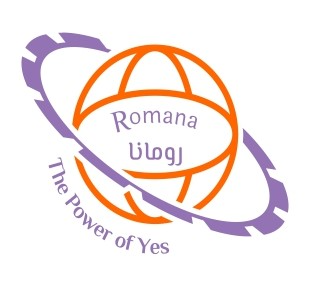
1. Regulations & Compliance
Follows OSHA 1910.243 (Guarding of Abrasive Wheel Machinery) and ANSI B7.1 (Safety Code for the Use, Care, and Protection of Abrasive Wheels) regulations.
Operators must be trained and certified to use grinding machines safely, including knowledge of the potential hazards and the required PPE.
2. Pre-Operation Safety Checks
Inspect the Grinding Wheel: Before use, inspect the grinding wheel for any visible cracks, chips, or defects. If any damage is found, do not use the wheel and replace it immediately.
Check the Machine: Ensure that the grinding machine is securely mounted, the guards are in place, and all moving parts are functioning correctly. Ensure the machine is free from any debris or foreign objects.
Verify Proper Wheel Size: Ensure that the grinding wheel is the correct size and type for the material and task being performed. Incorrect wheels can cause vibration, breakage, or ineffective grinding.
Personal Protective Equipment (PPE): Wear the appropriate PPE, including eye protection, face shields, ear protection, gloves, and dust masks depending on the type of grinding operation.
3. Safe Grinding Practices
Secure Workpieces: Ensure that the material being ground is properly secured in place using clamps or a vice to prevent movement during grinding.
Wheel Speed and Settings: Always check the speed settings on the machine to ensure they match the specifications of the grinding wheel and material.
Proper Angle and Positioning: Hold the workpiece at the correct angle to the wheel to avoid undue pressure and prevent kickback or slipping. Keep your hands and other body parts away from the grinding wheel while in operation.
Grinding Motion: Use smooth, consistent motions when grinding. Do not apply excessive pressure to the wheel, as this can cause it to break or wear unevenly.
4. Common Hazards & Prevention
Flying Debris: Grinding can produce flying sparks, metal shavings, or dust. Always wear safety goggles, face shields, and dust masks to protect from airborne debris.
Wheel Breakage: Abrasive wheels can break if overloaded or mishandled. Do not apply too much pressure to the wheel, and always inspect it before use.
Electric Shock: Grinding machines are electrically powered. Always ensure that the power source is properly grounded, and check that the power cord is intact and free from damage before use.
Kickback: Kickback can occur when the grinding wheel grabs the workpiece, causing the tool to jerk. Use proper handling techniques, secure the workpiece, and avoid standing directly in line with the wheel during grinding.
5. Post-Operation Safety Procedures
Turn Off the Machine: Always turn off the grinding machine and disconnect the power once you have finished the operation.
Clean the Work Area: Clean up any debris, dust, or metal filings to prevent tripping hazards or damage to equipment. Store the grinding machine and tools in a clean, dry place when not in use.
Inspect for Wear: After use, inspect the grinding wheel for any signs of wear or damage, and replace it as necessary.
6. Emergency Procedures
Injury Response: If an injury occurs, stop work immediately and administer first aid. In case of severe injury, call for emergency medical help.
Fire Safety: Sparks from grinding can cause fires. Have a fire extinguisher rated for the materials being worked on nearby. In case of fire, use the appropriate fire extinguisher and evacuate if necessary.
Equipment Malfunction: If the grinding machine malfunctions, immediately stop operation and disconnect the power. Report the issue to a supervisor for inspection and repair.
7. Certification & Refresher Training
Initial Certification: Includes training on the safe operation of grinding machines, wheel inspection, proper handling techniques, and hazard awareness.
Refresher Training: Recommended every 1-2 years or after any incident to ensure that workers are up-to-date on the latest safety practices and equipment updates.
In today’s dynamic business environment, maintaining compliance, safety, and quality is essential for success. Romana Skills Training LLC is a KHDA & Dubai Municipality-approved training and consultancy provider dedicated to helping businesses enhance safety standards, meet regulatory requirements, and drive operational excellence.
We offer expert-led training and consulting services in Food Safety (HACCP, ISO 22000), Health & Safety (HSE), Quality Management, and Environmental Compliance, ensuring that organizations across various industries—food manufacturing, hospitality, healthcare, construction, and more—achieve full regulatory compliance and operational efficiency.
With a strong focus on tailored solutions, we empower businesses with practical knowledge and strategies that reduce risks, improve workforce competency, and enhance overall performance. Our commitment to excellence and continuous improvement has helped numerous clients meet Dubai Municipality, ISO, and global safety standards successfully.
Partner with Romana today and unlock excellence in safety and compliance!
(Institute Review)
55 years ago(Institute Review)
55 years ago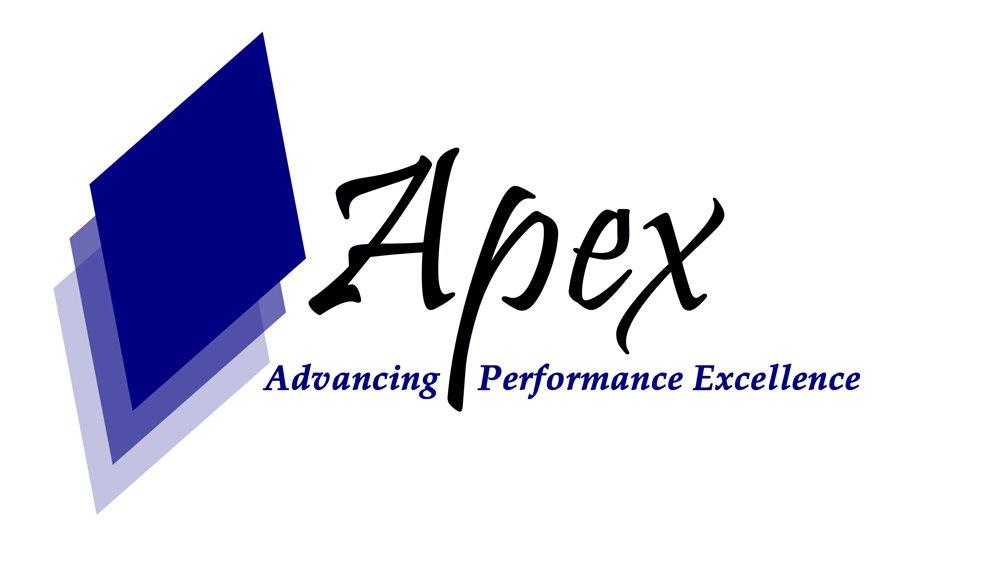
This training will give you an understanding of the effective and safe practices involved in the operation and maintenance works related to Wastewater Reuse Solution Technology (Purifying & Treating).
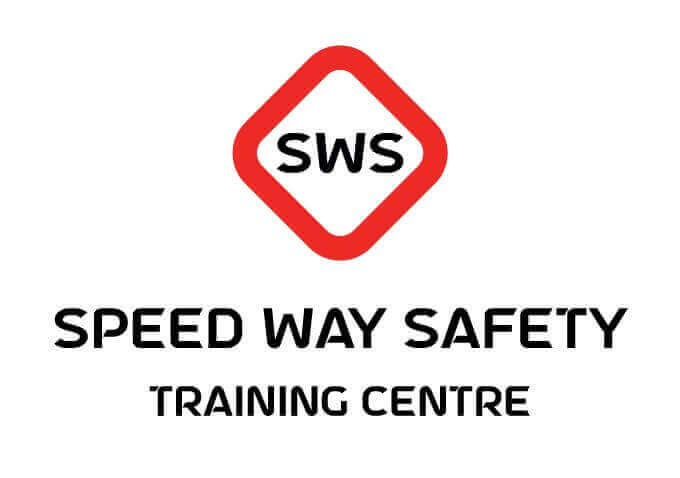
This course will teach you about risk assessment and hazards. You will learn about stages of risk assessments, different types of hazards, techniques for risk evaluation, implementation of risk control measures and so much more.
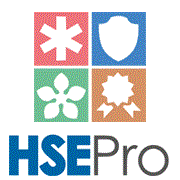
This course will advance your knowledge and understanding level to that of a qualified Lead Auditor. It discusses and explores all the underlying best practices and principles of auditing.
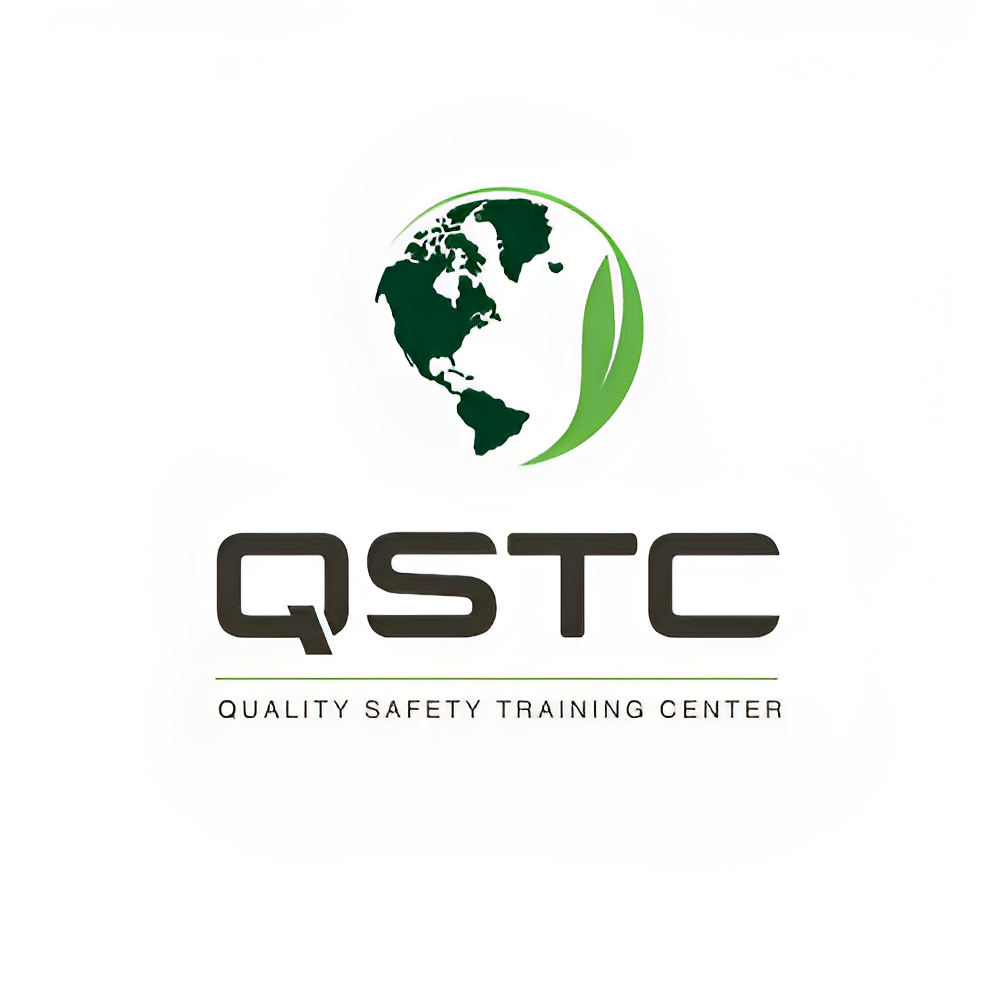
Interpret the ISO 45001 requirements for an OH&S MS from the perspective of an auditor. Plan, conduct, and close an ISO 45001 compliance audit, by ISO/IEC 17021-1 requirements, ISO 19011 guidelines, and other best practices of auditing.
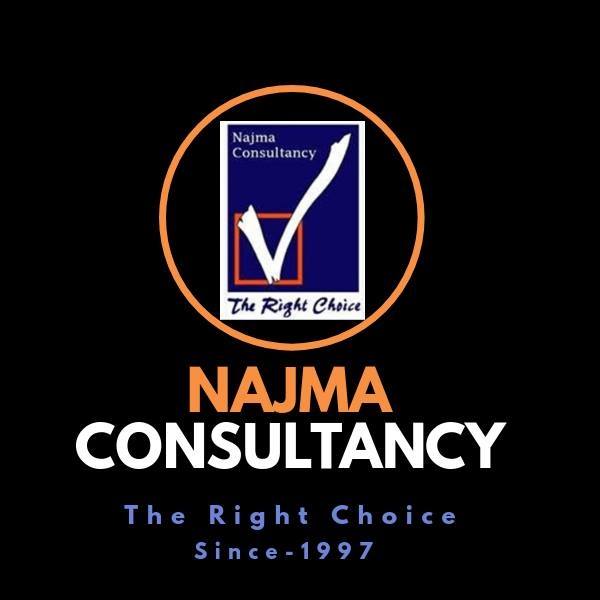
This course is designed to equip participants with adequate basic knowledge on rescue for purpose of executing rescue planning and rescue operation in a confined space.
© 2025 www.coursetakers.ae All Rights Reserved. Terms and Conditions of use | Privacy Policy